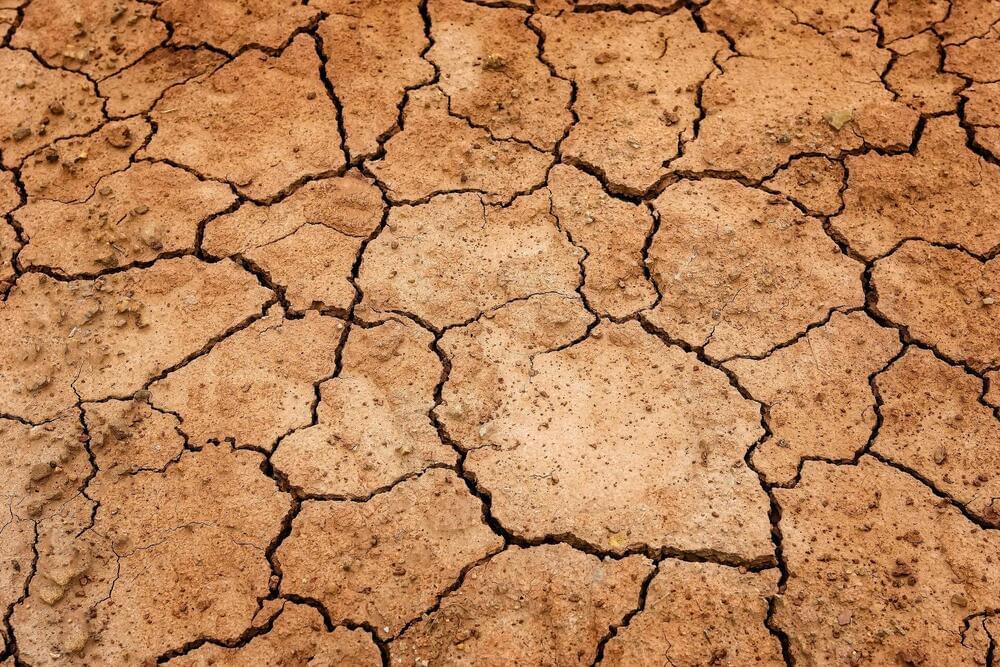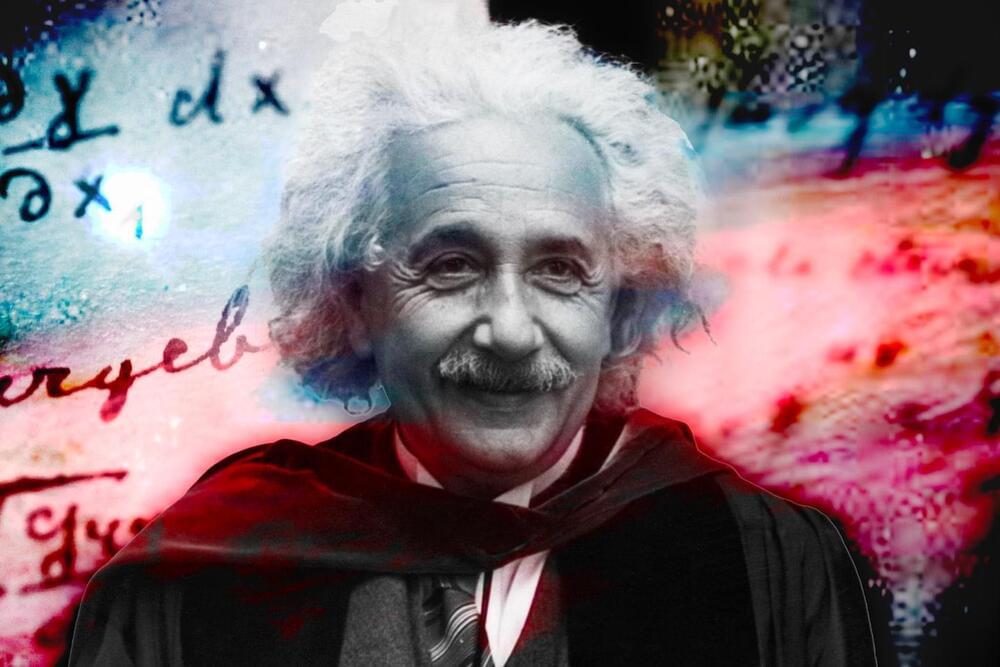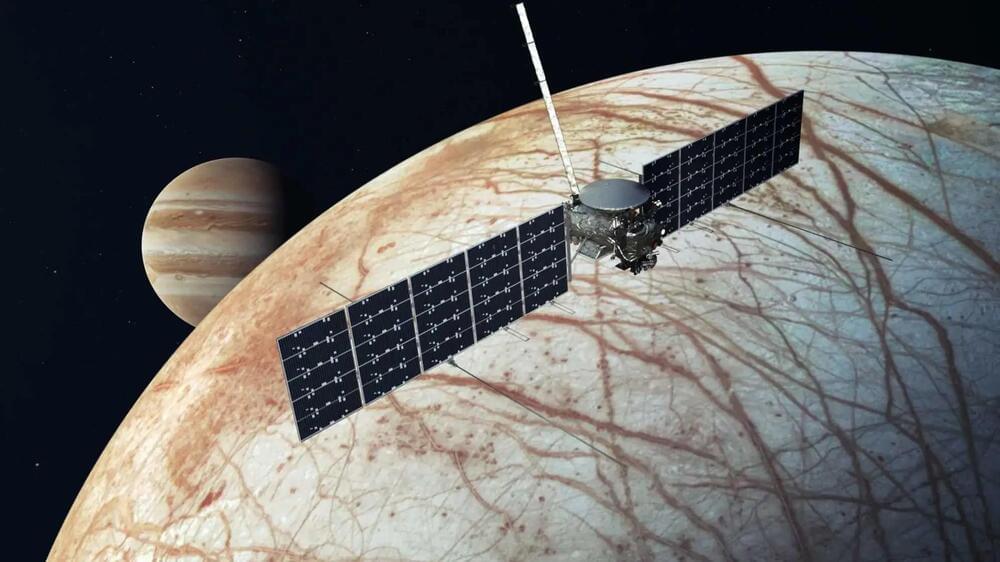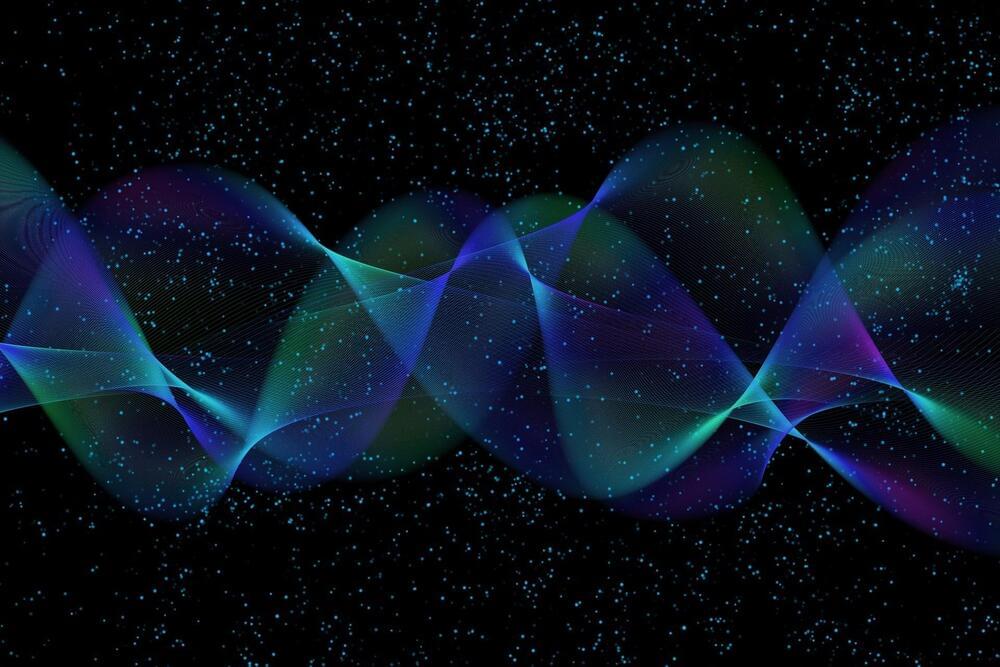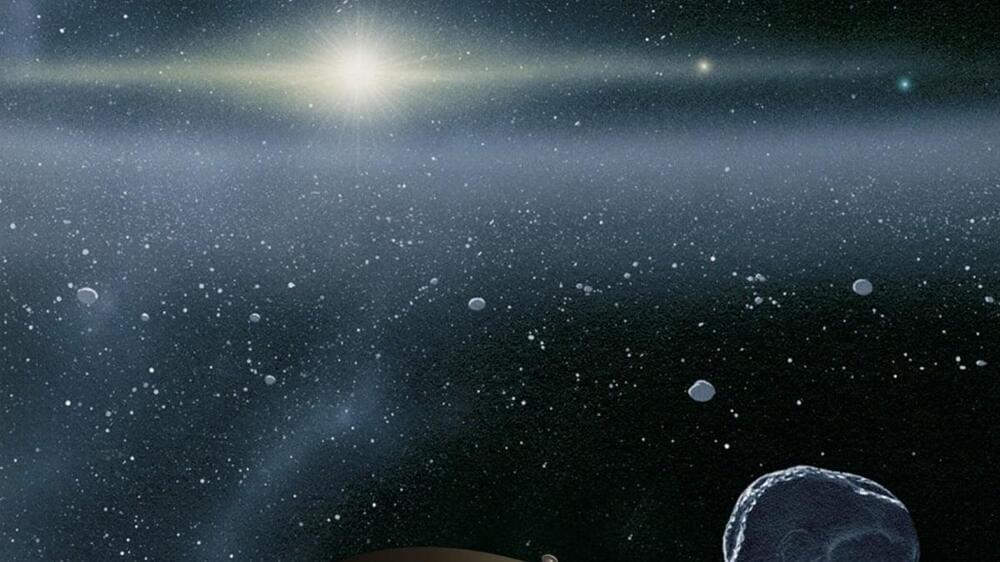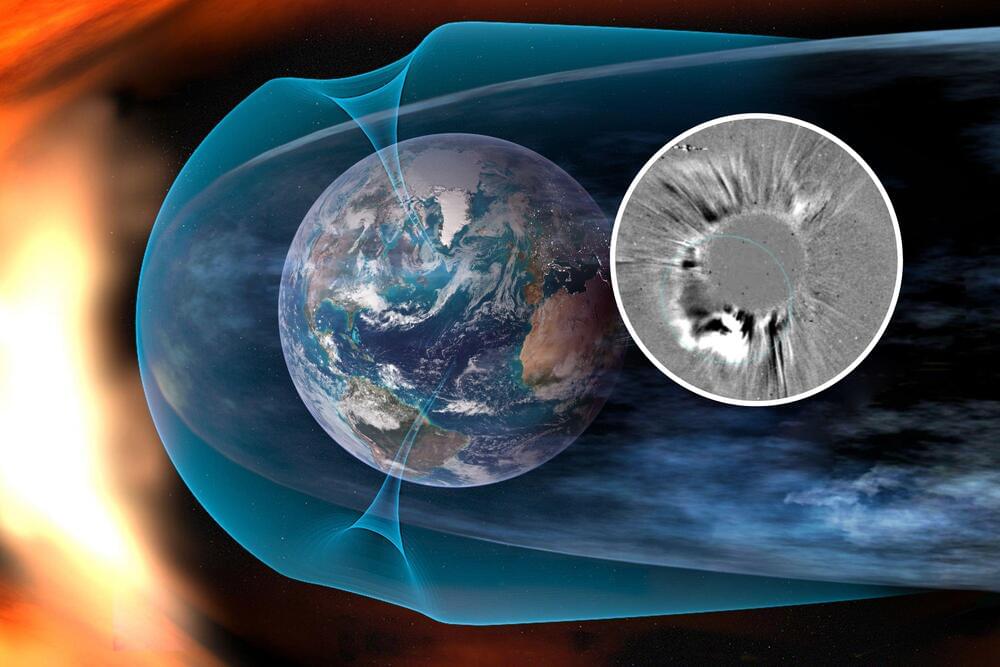In July 2024, global temperatures reached unprecedented levels, breaking historical records with an average of 17.16°C. This extreme heat has led soil water to evaporate, leaving the vegetation and biodiversity more fragile and under stress in many regions of the world.
Diseases that affect the retina, the light-sensitive layer at the back of the eye, are a significant cause of visual impairment and blindness. Gene therapy holds promise for treating some of these conditions, and current research advances may soon shift the therapeutic landscape for eye health. However, many obstacles remain in place, as this Special Feature discusses.
Gene therapy uses genetic material, either DNA or RNA, to treat or prevent the progression of a disease. It often involves the introduction of genetic material into a person’s cells to replace a defective or missing gene.
Although early attempts at gene therapy have been effective in achieving the expression of the therapeutic gene in the target tissue, they have also been accompanied by severe adverse effects.
With the help of AI, 15 passages have been deciphered from a 2,000-year-old unrolled Herculaneum scroll, providing a glimpse into the thoughts of an ancient philosopher.
Lee esta nota de prensa en español aquí.
NASA will provide live coverage of prelaunch and launch activities for Europa Clipper, the agency’s mission to explore Jupiter’s icy moon Europa. NASA is targeting launch at 12:31 p.m. EDT Thursday, Oct. 10, on a SpaceX Falcon Heavy rocket from Launch Complex 39A at NASA’s Kennedy Space Center in Florida.
Beyond Earth, Jupiter’s moon Europa is considered one of the solar system’s most promising potentially habitable environments. After an approximately 1.8-billion-mile journey, Europa Clipper will enter orbit around Jupiter in April 2030, where the spacecraft will conduct a detailed survey of Europa to determine whether the icy world could have conditions suitable for life. Europa Clipper is the largest spacecraft NASA has ever developed for a planetary mission. It carries a suite of nine instruments along with a gravity experiment that will investigate an ocean beneath Europa’s surface, which scientists believe contains twice as much liquid water as Earth’s oceans.
I have been thinking for a while about the mathematics used to formulate our physical theories, especially the similarities and differences among different mathematical formulations. This was a focus of my 2021 book, Physics, Structure, and Reality, where I discussed these things in the context of classical and spacetime physics.
Recently this has led me toward thinking about mathematical formulations of quantum mechanics, where an interesting question arises concerning the use of complex numbers. (I recently secured a grant from the National Science Foundation for a project investigating this.)
It is frequently said by physicists that complex numbers are essential to formulating quantum mechanics, and that this is different from the situation in classical physics, where complex numbers appear as a useful but ultimately dispensable calculational tool. It is not often said why, or in what way, complex numbers are supposed to be essential to quantum mechanics as opposed to classical physics.
There are more Aggies running Fortune 500 companies than any other university in the state, according to a new investment analyst report.
A coronal mass ejection from the sun is expected to trigger a G3 geomagnetic storm, causing the northern lights.
